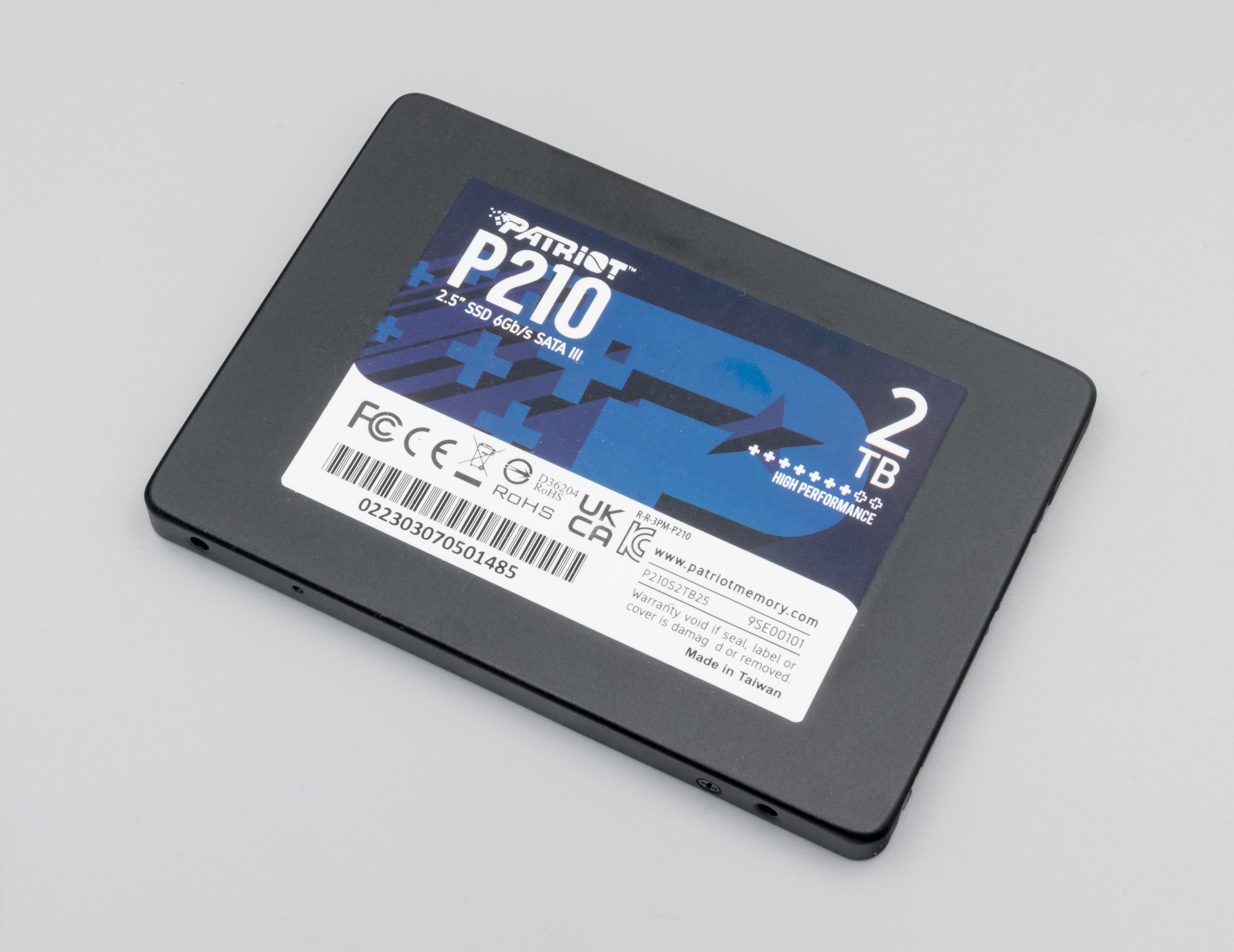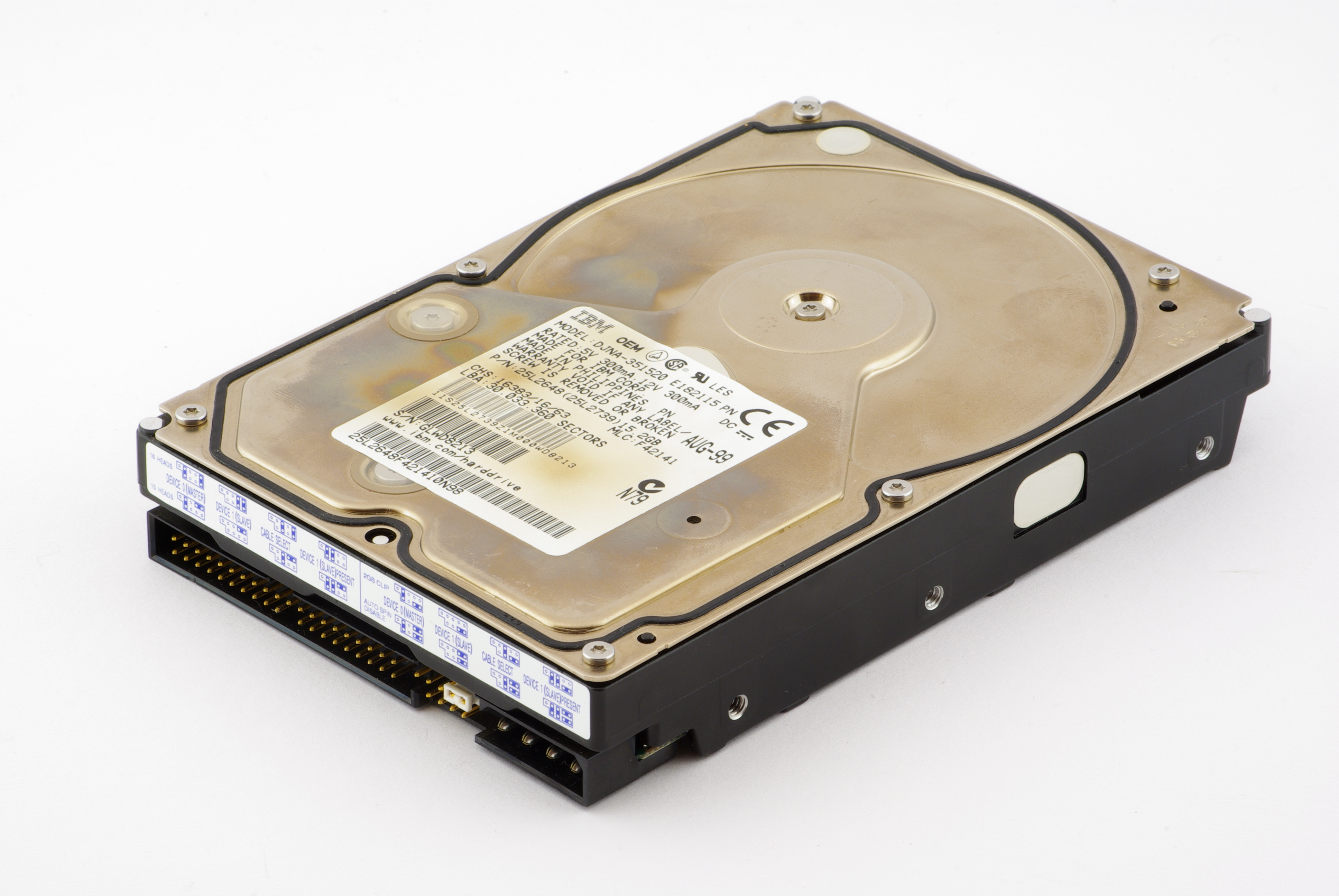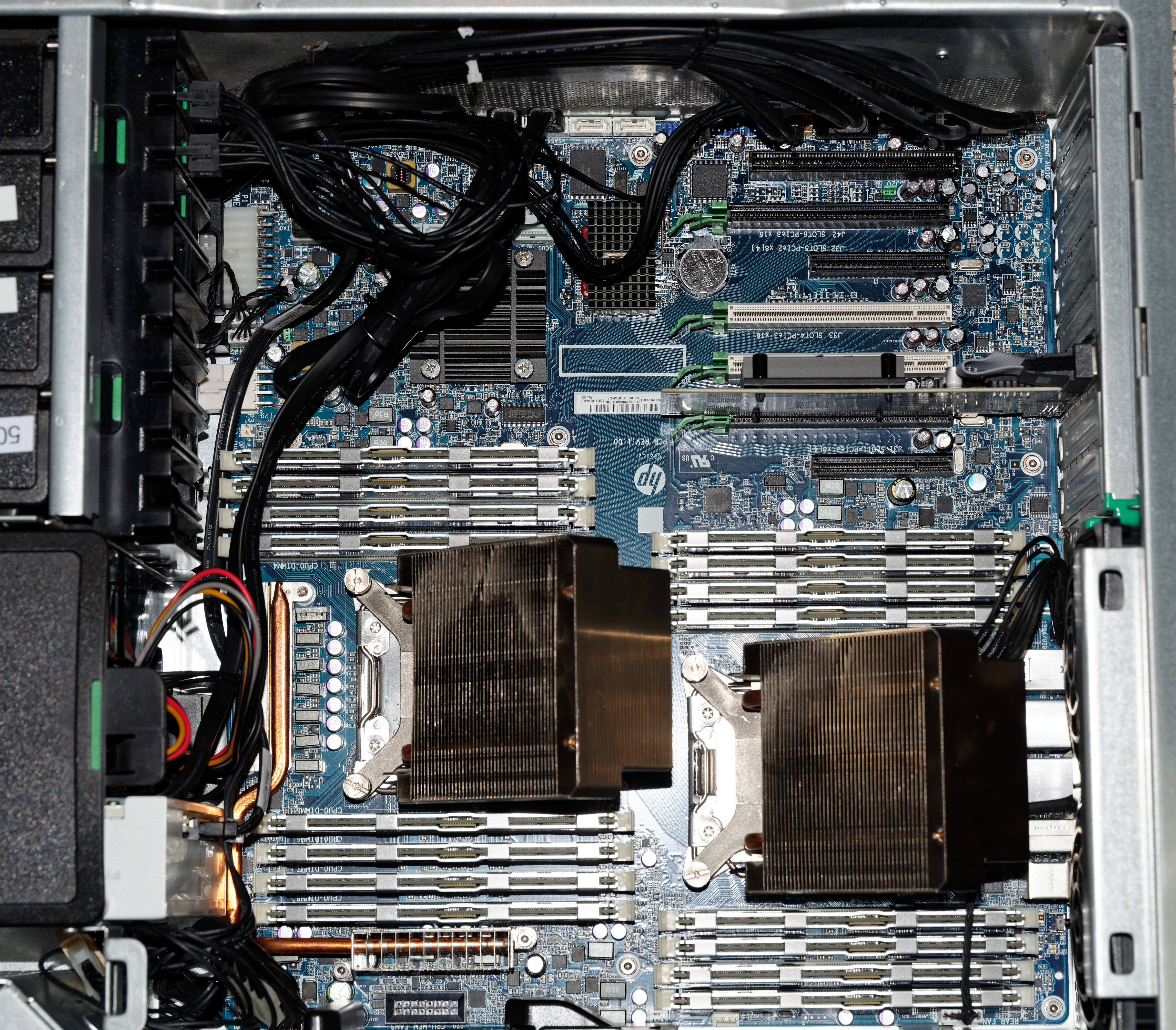|
Memory Hierarchy
In computer architecture, the memory hierarchy separates computer storage into a hierarchy based on response time. Since response time, complexity, and capacity are related, the levels may also be distinguished by their performance and controlling technologies. Memory hierarchy affects performance in computer architectural design, algorithm predictions, and lower level programming constructs involving locality of reference. Designing for high performance requires considering the restrictions of the memory hierarchy, i.e. the size and capabilities of each component. Each of the various components can be viewed as part of a hierarchy of memories in which each member is typically smaller and faster than the next highest member of the hierarchy. To limit waiting by higher levels, a lower level will respond by filling a buffer and then signaling for activating the transfer. There are four major storage levels. * ''Internal''processor registers and cache. * Mainthe system ... [...More Info...] [...Related Items...] OR: [Wikipedia] [Google] [Baidu] |
Processor Register
A processor register is a quickly accessible location available to a computer's processor. Registers usually consist of a small amount of fast storage, although some registers have specific hardware functions, and may be read-only or write-only. In computer architecture, registers are typically addressed by mechanisms other than main memory, but may in some cases be assigned a memory address e.g. DEC PDP-10, ICT 1900. Almost all computers, whether load/store architecture or not, load items of data from a larger memory into registers where they are used for arithmetic operations, bitwise operations, and other operations, and are manipulated or tested by machine instructions. Manipulated items are then often stored back to main memory, either by the same instruction or by a subsequent one. Modern processors use either static or dynamic random-access memory (RAM) as main memory, with the latter usually accessed via one or more cache levels. Processor registers are normal ... [...More Info...] [...Related Items...] OR: [Wikipedia] [Google] [Baidu] |
Exabytes
The byte is a unit of digital information that most commonly consists of eight bits. Historically, the byte was the number of bits used to encode a single character of text in a computer and for this reason it is the smallest addressable unit of memory in many computer architectures. To disambiguate arbitrarily sized bytes from the common 8-bit definition, network protocol documents such as the Internet Protocol () refer to an 8-bit byte as an octet. Those bits in an octet are usually counted with numbering from 0 to 7 or 7 to 0 depending on the bit endianness. The size of the byte has historically been hardware-dependent and no definitive standards existed that mandated the size. Sizes from 1 to 48 bits have been used. The six-bit character code was an often-used implementation in early encoding systems, and computers using six-bit and nine-bit bytes were common in the 1960s. These systems often had memory words of 12, 18, 24, 30, 36, 48, or 60 bits, corresponding to ... [...More Info...] [...Related Items...] OR: [Wikipedia] [Google] [Baidu] |
Tertiary Storage
Computer data storage or digital data storage is a technology consisting of computer components and recording media that are used to retain digital data. It is a core function and fundamental component of computers. The central processing unit (CPU) of a computer is what manipulates data by performing computations. In practice, almost all computers use a storage hierarchy, which puts fast but expensive and small storage options close to the CPU and slower but less expensive and larger options further away. Generally, the fast technologies are referred to as "memory", while slower persistent technologies are referred to as "storage". Even the first computer designs, Charles Babbage's Analytical Engine and Percy Ludgate's Analytical Machine, clearly distinguished between processing and memory (Babbage stored numbers as rotations of gears, while Ludgate stored numbers as displacements of rods in shuttles). This distinction was extended in the Von Neumann architecture, wher ... [...More Info...] [...Related Items...] OR: [Wikipedia] [Google] [Baidu] |
Nearline Storage
Nearline storage (a portmanteau of " near" and "online storage") is a term used in computer science to describe an intermediate type of data storage that represents a compromise between online storage (supporting frequent, very rapid access to data) and offline storage/archiving (used for backups or long-term storage, with infrequent access to data). Nearline storage dates back to the IBM 3850 Mass Storage System (MSS) tape library, which was announced in 1974. Overview The formal distinction between online, nearline, and offline storage is: * Online storage is immediately available for input/output (I/O). * Nearline storage is not immediately available, but can be made online quickly without human intervention. * Offline storage is not immediately available, and requires some human intervention to become online. For example, always-on spinning hard disk drives are online storage, while spinning drives that spin down automatically, such as in Massive Arrays of Idle Disk ... [...More Info...] [...Related Items...] OR: [Wikipedia] [Google] [Baidu] |
Solid-state Drive
A solid-state drive (SSD) is a type of solid-state storage device that uses integrated circuits to store data persistently. It is sometimes called semiconductor storage device, solid-state device, or solid-state disk. SSDs rely on non-volatile memory, typically NAND flash, to store data in memory cells. The performance and endurance of SSDs vary depending on the number of bits stored per cell, ranging from high-performing single-level cells (SLC) to more affordable but slower quad-level cells (QLC). In addition to flash-based SSDs, other technologies such as 3D XPoint offer faster speeds and higher endurance through different data storage mechanisms. Unlike traditional hard disk drives (HDDs), SSDs have no moving parts, allowing them to deliver faster data access speeds, reduced latency, increased resistance to physical shock, lower power consumption, and silent operation. Often interfaced to a system in the same way as HDDs, SSDs are used in a variety of devices, ... [...More Info...] [...Related Items...] OR: [Wikipedia] [Google] [Baidu] |
Terabyte
The byte is a unit of digital information that most commonly consists of eight bits. Historically, the byte was the number of bits used to encode a single character of text in a computer and for this reason it is the smallest addressable unit of memory in many computer architectures. To disambiguate arbitrarily sized bytes from the common 8-bit definition, network protocol documents such as the Internet Protocol () refer to an 8-bit byte as an octet. Those bits in an octet are usually counted with numbering from 0 to 7 or 7 to 0 depending on the bit endianness. The size of the byte has historically been hardware-dependent and no definitive standards existed that mandated the size. Sizes from 1 to 48 bits have been used. The six-bit character code was an often-used implementation in early encoding systems, and computers using six-bit and nine-bit bytes were common in the 1960s. These systems often had memory words of 12, 18, 24, 30, 36, 48, or 60 bits, corresponding ... [...More Info...] [...Related Items...] OR: [Wikipedia] [Google] [Baidu] |
Secondary Storage
Computer data storage or digital data storage is a technology consisting of computer components and Data storage, recording media that are used to retain digital data. It is a core function and fundamental component of computers. The central processing unit (CPU) of a computer is what manipulates data by performing computations. In practice, almost all computers use a storage hierarchy, which puts fast but expensive and small storage options close to the CPU and slower but less expensive and larger options further away. Generally, the fast technologies are referred to as "memory", while slower persistent technologies are referred to as "storage". Even the first computer designs, Charles Babbage's Analytical Engine and Percy Ludgate's Analytical Machine, clearly distinguished between processing and memory (Babbage stored numbers as rotations of gears, while Ludgate stored numbers as displacements of rods in shuttles). This distinction was extended in the Von Neumann archite ... [...More Info...] [...Related Items...] OR: [Wikipedia] [Google] [Baidu] |
Mass Storage
In computing, mass storage refers to the storage of large amounts of data in a persisting and machine-readable fashion. In general, the term ''mass'' in ''mass storage'' is used to mean ''large'' in relation to contemporaneous hard disk drives, but it has also been used to mean ''large'' relative to the size of primary memory as for example with floppy disks on personal computers. Devices and/or systems that have been described as mass storage include tape libraries, RAID systems, and a variety of computer drives such as hard disk drives (HDDs), magnetic tape drives, magneto-optical disc drives, optical disc drives, memory cards, and solid-state drives (SSDs). It also includes experimental forms like holographic memory. Mass storage includes devices with removable and non-removable media. It does not include random access memory (RAM). There are two broad classes of mass storage: local data in devices such as smartphones or computers, and enterprise servers and dat ... [...More Info...] [...Related Items...] OR: [Wikipedia] [Google] [Baidu] |
Non-Uniform Memory Access
Non-uniform memory access (NUMA) is a computer storage, computer memory design used in multiprocessing, where the memory access time depends on the memory location relative to the processor. Under NUMA, a processor can access its own local memory faster than non-local memory (memory local to another processor or memory shared between processors). NUMA is beneficial for workloads with high memory locality of reference and low lock contention, because a processor may operate on a subset of memory mostly or entirely within its own cache node, reducing traffic on the memory bus. NUMA architectures logically follow in scaling from symmetric multiprocessing (SMP) architectures. They were developed commercially during the 1990s by Unisys, Convex Computer (later Hewlett-Packard), Honeywell Information Systems Italy (HISI) (later Groupe Bull), Silicon Graphics (later Silicon Graphics International), Sequent Computer Systems (later IBM), Data General (later EMC Corporation, EMC, now Dell Te ... [...More Info...] [...Related Items...] OR: [Wikipedia] [Google] [Baidu] |
Primary Storage
Computer data storage or digital data storage is a technology consisting of computer components and recording media that are used to retain digital data. It is a core function and fundamental component of computers. The central processing unit (CPU) of a computer is what manipulates data by performing computations. In practice, almost all computers use a storage hierarchy, which puts fast but expensive and small storage options close to the CPU and slower but less expensive and larger options further away. Generally, the fast technologies are referred to as "memory", while slower persistent technologies are referred to as "storage". Even the first computer designs, Charles Babbage's Analytical Engine and Percy Ludgate's Analytical Machine, clearly distinguished between processing and memory (Babbage stored numbers as rotations of gears, while Ludgate stored numbers as displacements of rods in shuttles). This distinction was extended in the Von Neumann architecture, whe ... [...More Info...] [...Related Items...] OR: [Wikipedia] [Google] [Baidu] |
Computer Memory
Computer memory stores information, such as data and programs, for immediate use in the computer. The term ''memory'' is often synonymous with the terms ''RAM,'' ''main memory,'' or ''primary storage.'' Archaic synonyms for main memory include ''core'' (for magnetic core memory) and ''store''. Main memory operates at a high speed compared to mass storage which is slower but less expensive per bit and higher in capacity. Besides storing opened programs and data being actively processed, computer memory serves as a Page cache, mass storage cache and write buffer to improve both reading and writing performance. Operating systems borrow RAM capacity for caching so long as it is not needed by running software. If needed, contents of the computer memory can be transferred to storage; a common way of doing this is through a memory management technique called ''virtual memory''. Modern computer memory is implemented as semiconductor memory, where data is stored within memory cell (com ... [...More Info...] [...Related Items...] OR: [Wikipedia] [Google] [Baidu] |





